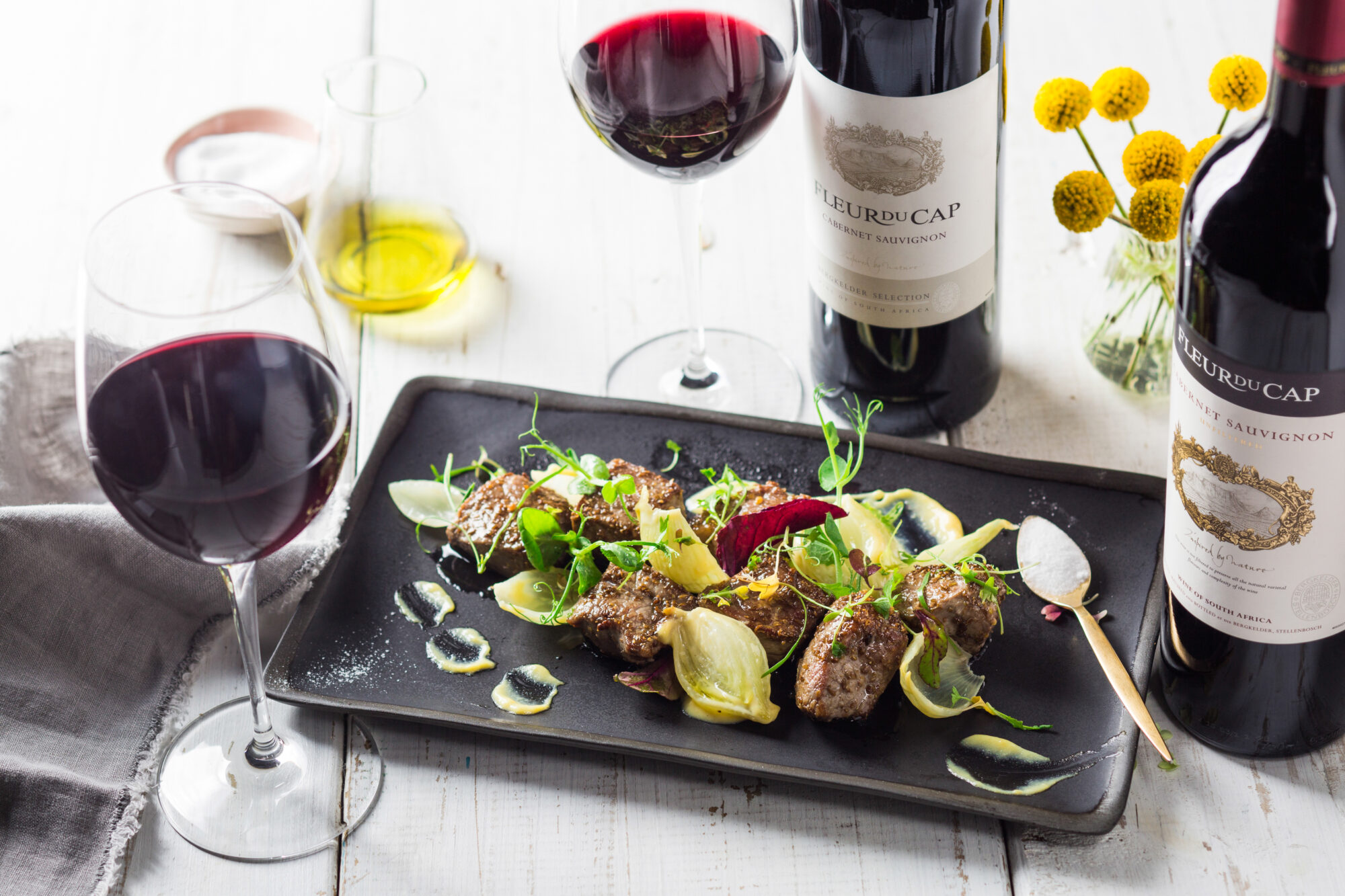90/100
This is an impressive wine at price and production level; a great go-to for many occasions. This pinot noir delivers aromas of earthy notes, wild strawberry, with hints of red plum and rose petals, around a light, bright core; while remaining soft and smooth in texture and intensity; finishing with flavors of cherry, cola, and tea.
Vintages Release Date: October 1, 2016
La Crema Winery
Sonoma County, California
Variety: Pinot Noir
Style: Earthy & Spicy
13.9%





